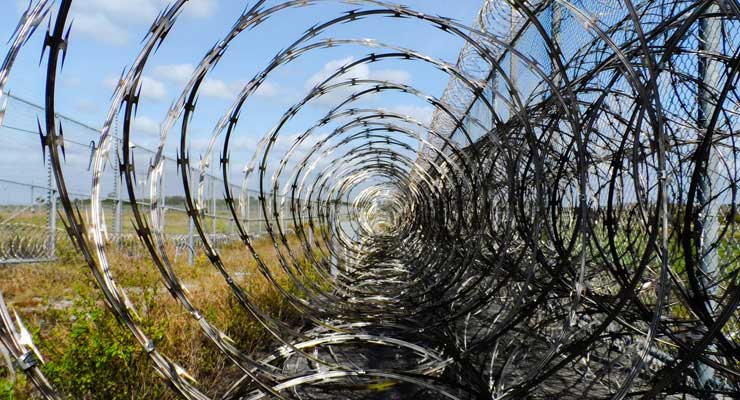
From Voice of America
Zimbabwe’s Human Rights Commission says eight people were killed in the aftermath of the January 14th disturbances as state security agents used systematic torture to quell public protests sparked by fuel price increases of up to 150 percent.
In a report released Tuesday, the Commission said, “The findings reveal that in the aftermath of the 14thof January 2019 disturbances, armed and uniformed members of the Zimbabwe National Army and the Zimbabwe Republic Police instigated systematic torture. The torture was organized in that they targeted men who stay near areas where barricades had been placed and near areas that were torched by protestors or looted.
“They also targeted shared homes where they would round up many men in one homestead. In some instances it was also noted that those aligned to the Movement for Democratic Change were also specifically targeted for example Members of Parliament, Councillors and other active members. Torture was perpetrated through beating the men with baton sticks on their backs while they lay on the ground, including falanga, i.e. beating under the feet and beating them with open hands.”
The Commission said people’s rights were violated by the state security agents.
“It is acknowledged that property including a police station, police vehicles and shops were destroyed and vandalized/looted whilst barricades were placed on roads to stop people from going to work. This however did not justify torture of citizens by the security forces as the right to freedom from torture is one right that cannot be derogated from under any circumstances.”
The Supreme Court of Zimbabwe ruled in 2012 in a case involving a human rights defender who was abducted by state security agents that “no exceptional circumstance such as the seriousness of the crime the person is suspected of having committed, or the danger he or she is believed to pose to national security can justify infliction of torture, or inhuman or degrading treatment.”
The Commission noted that injuries sustained by local people who were interviewed and the deaths that occurred supported by medical records amounted to the use of excessive force on an armed civilians.
“The unleashing of live bullets on demonstrators and falanga on some complainants are examples of excessive force that was used by the police amounting to police brutality often violating the right to life. Other methods of dispersing crowds such as tear gas, rubber bullets and water canisters could have been used rather than the use of live bullets which to any reasonable person have the potential of causing unnecessary deaths.
“In addition, the ZHRC noted that the method of arrest and detention that was used by the police and soldiers amounted to arbitrary arrests and detention, a crackdown as opposed to law enforcement.”
According to the Commission, complainants were taken from their homes at night on the basis of being males. “The dragnet method did not take into consideration whether one was truly connected to the alleged offence. It is the ZHRC’s strong view that police should properly investigate cases and only arrest people that have committed the alleged offences as opposed to indiscriminately rounding up citizens and taking them to courts without undertaking proper investigations.”
Mnangagwa promised Tuesday to investigate the allegations levelled against the military and police – four months after members of the Zimbabwe National Army opened fire in Harare and killed some protesters angered by delays in announcing results of the 2018 presidential election.
A commission of inquiry led by former South African president Kgalema Motlanthe blamed the army for killing six protesters.
Leave a Reply